Audit-Ready SQL Servers: The Complete Game Plan

As an IT leader in a heavily regulated sector such as finance or healthcare, you’re no stranger to audits. They’re a critical part of ensuring compliance with regulations like the Sarbanes-Oxley Act (SOX), the Gramm-Leach-Bliley Act (GLBA), the PCS Security Standards Council (PCI DSS), and the Health Insurance Portability and Accountability Act (HIPAA). Still, audits can be stressful. With some careful preparation, you can reduce your stress levels and keep your SQL Servers prepared for an audit.
6 steps to ensure SQL Server compliance and pass your next audit
Let’s look at 6 key steps to get your SQL Servers audit-ready.
1. Document your SQL Server environment.
First things first: document your SQL Server estate. Create a comprehensive inventory of all your SQL Server instances. Include your production instances as well as your lower-level systems—dev, test, QA, demo, etc.
But this isn’t just a list of SQL Servers; it’s your roadmap. Map out which databases correspond to which business applications. Even better, document your server configurations and security settings.
When auditors come, you’ll have a clear, bird’s-eye view of your entire environment.
2. Review and tighten access controls.
Security is paramount in finance and healthcare. Therefore, auditors will want to review your SQL Server’s security measures.
Implement the principle of least privilege across your SQL Servers. This means giving users only the access they need. Audit your user accounts and permissions regularly. Are there any lingering accounts from former employees? How many people have elevated permissions? Are passwords hardcoded into configuration files or connection strings?
3. Implement robust logging and monitoring.
You’ll want to know when permissions have been changed. Was someone recently given elevated permissions? You’ll want to know that. Did someone leave the company? You’ll want to track when their access was removed from the SQL Server or database.
SQL Audit can help with this. It can capture changes to your key system’s security role membership, who added or removed a user from a server or database role, when they did it, etc. But you’ll have to enable and configure SQL Audit before you need it. It’s not enabled by default.
You’ll also want to review your SQL Server logs regularly and establish a log retention policy that complies with your industry regulations.
4. Ensure data encryption.
If you have data that you want to keep private, implement Transparent Data Encryption (TDE) to protect your data at rest. Encryption is equally crucial for data in transit.
Additionally, you’ll want to encrypt your SQL Server backups. If a breach happens and backup files are stolen, the bad actors won’t be able to access them without the key.
Remember, your encryption is only as good as your key management—keep those keys secure and well-managed.
5. Maintain patch management records.
Establish a regular patching schedule. Many companies have a monthly maintenance window. When a new update is released, it’s first deployed to a lower-level system, such as a test. Once vetted there, it can be deployed to the production environment.
We always read the release notes for each update to determine if it includes a critical security patch that should be deployed ahead of schedule. If so, we work with our clients to get the update before the Change Advisory Board (CAB) to review, approve, and deconflict the patch before the next maintenance window.
Document your patching process and implementation dates. This will show auditors that you’re proactive about security and system maintenance.
6. Conduct internal pre-audit assessments.
Start preparing for an audit in advance by documenting the processes you’re already following, such as:
- Performing regular vulnerability scans on your SQL Servers.
- Restoring backups to ensure they meet your company’s Recovery Point Objectives (RPOs) and Recovery Time Objectives (RTOs).
- Testing and refining your Disaster Recovery plan.
When you can show auditors that you’ve already identified and addressed potential issues, you demonstrate a proactive approach to compliance.
Stay audit-ready with proactive maintenance.
Preparing for an audit isn’t fun, but it doesn’t have to be a nightmare. The key is ongoing maintenance and dedication. Don’t think of audit preparation as a one-time event; consider it an ongoing process that keeps your SQL Servers secure, compliant, and performing at their best.
Ready to take the next step? Conduct a mock audit to gauge your readiness, and consider enlisting SQL Server experts for support. Your SQL Servers—and your peace of mind—are worth it.
Want expert help preparing for your next audit?
To learn more about how The SERO Group helps organizations stay audit-ready, schedule a no-obligation discovery call.


Recent Comments